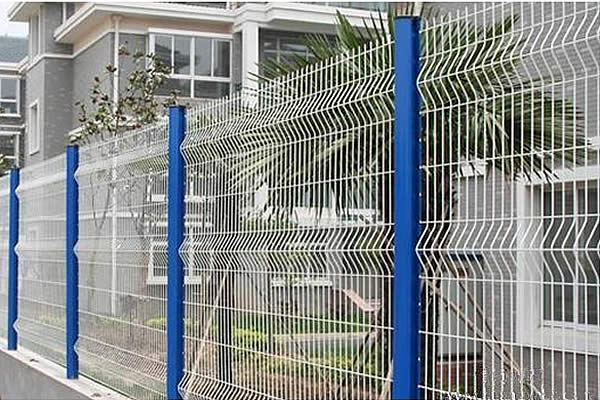 TEL:
+86-13102802206
TEL:
+86-13102802206
 Email:
fencenetting@china.com
Email:
fencenetting@china.com
 Language
Language
 TEL:
+86-13102802206
TEL:
+86-13102802206
 Email:
fencenetting@china.com
Email:
fencenetting@china.com
 Language
Language


MIG Welding Cast Iron with Stainless Steel Wire
MIG (Metal Inert Gas) welding is a popular welding process known for its versatility, efficiency, and ease of use. It is commonly employed in various industries to join different metals, including steel, aluminum, and even cast iron. While cast iron presents unique challenges due to its brittleness and high carbon content, using stainless steel wire for MIG welding can yield effective and durable results. This article explores the intricacies of MIG welding cast iron with stainless steel wire, including the benefits, challenges, and best practices.
Understanding Cast Iron
Cast iron is an alloy of iron, carbon, and silicon, known for its excellent castability, high wear resistance, and relatively low cost. However, it tends to be more brittle than other metals, making it susceptible to cracking during welding. This brittleness arises from the large amounts of carbon in the alloy, which can lead to a range of issues such as porosity, shrinkage, and poor fusion if not handled properly during the welding process.
The Benefits of Using Stainless Steel Wire
Using stainless steel wire in MIG welding cast iron can offer several advantages
1. Toughness Stainless steel is more ductile than cast iron, which helps mitigate the brittleness typically associated with cast iron welds. This added toughness can absorb impacts better, making the welded joint less likely to fail under stress.
2. Corrosion Resistance Stainless steel offers superior corrosion resistance compared to cast iron. This property is particularly valuable in applications where the welded joint will be exposed to moisture or corrosive environments.
3. Compatibility The melting point of stainless steel is generally lower than that of cast iron, allowing for easier melting and fusing with the base material. This compatibility is essential for achieving a strong weld.
4. Versatility Utilizing stainless steel wire allows for the possibility of welding dissimilar metals. This aspect can be beneficial in repair applications where a cast iron component needs to be joined to a stainless steel part.
Challenges in MIG Welding Cast Iron with Stainless Steel Wire

While the benefits are noteworthy, challenges remain in the process. One significant issue is the risk of cracking. The high carbon content in cast iron can interact unfavorably with the molten stainless steel, leading to potential joint weakness. Additionally, the difference in thermal expansion and contraction rates between the two materials may introduce stresses that result in cracking.
Another challenge is ensuring proper penetration. Stainless steel wire typically melts differently than solid cast iron. If the welder fails to adjust the settings appropriately, this can lead to inadequate penetration and weak welds.
Best Practices for Successful Welding
To achieve successful MIG welding of cast iron with stainless steel wire, consider the following best practices
1. Preheating Before beginning the welding process, preheating the cast iron can help reduce the risk of cracking. A temperature of around 400-600°F (204-316°C) is generally recommended, depending on the thickness of the material.
2. Use the Right Filler Material Select a stainless steel wire that is compatible with the specific type of cast iron being welded. ER309L is a popular choice for welding cast iron to stainless steel.
3. Adjust the MIG Settings Parameters such as wire feed speed, voltage, and travel speed need to be carefully adjusted for the specific combination of materials. Experimenting on test pieces can help dial in the right settings.
4. Proper Technique Employing the appropriate welding technique—such as weaving or stringer beads—can help ensure good penetration and minimize heat input to reduce warping.
5. Post-Weld Treatment After welding, a post-weld heat treatment may be necessary for stress relief and to improve the ductility of the joint.
Conclusion
MIG welding cast iron with stainless steel wire is a viable option that can lead to strong and durable joints when done correctly. By understanding the unique challenges posed by cast iron and employing proper techniques and equipment, welders can successfully navigate the complexities involved in this process. Ultimately, the combination of cast iron and stainless steel opens the door to innovative applications in repair and fabrication, contributing to more resilient structures and components.